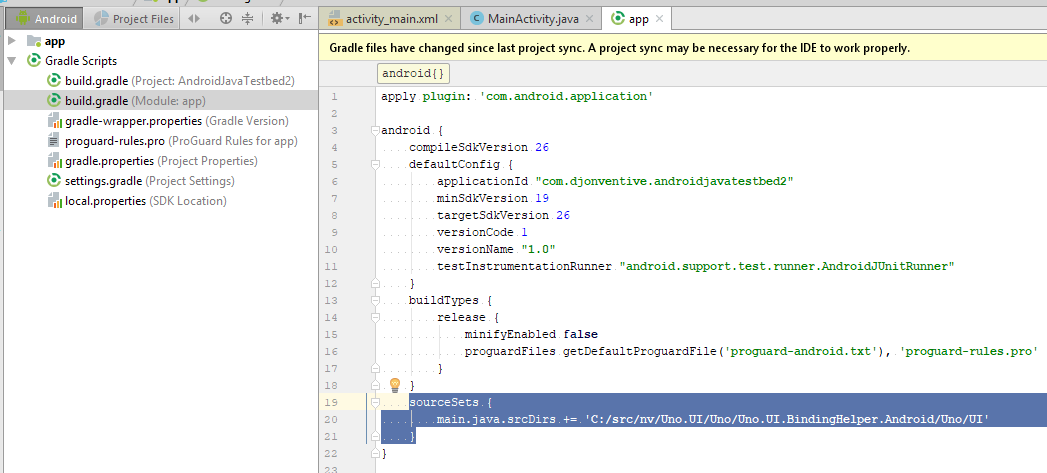


It’s quite easy to miss those configurations so you might want to focus twice on those if you ever run into any issues. Step by step guide for Editing Virtual Device Properties…īasically this includes fixing HAXM issues, Hyper-V issues not configured up in BIOS, or not Enabled in Windows, etc. Great step by step guide on how to update Device Manager, create new Virtual Devices, Customizing and Managing the performance further…Įditing Android Virtual Device Properties Managing Virtual Devices with the Android Device Manager Here are some important articles that might be important for anyone to get started… So here I am sharing my experience… Getting Started… It was a great learning experience, where I noticed a lot of new features and differences between the previous VS Emulator set up compared to this one. Also I had to focus on Performance management as well, which was quite interesting to deal with given the HAXM and Windows Hyper-V separation. I had to do a lot of fine tuning and customization for those Android Virtual Devices. So recently I got a little deep into the new Xamarin Android Emulator set up in Visual Studio 2019, where I had to build a whole bunch of custom Emulators for some experiments. Yeah seriously I hated that and had a lot of issues using those emulators. Microsoft had finally rolled out a full fledged Android Emulator set up (Xamarin Android Device Manager) that’s very stable and much easier to use with Xamarin mobile development, expiring the previously buggy always-out-dated VS Emulator set up that was shipped for Xamarin dev.

Visual Studio Code is a lightweight and powerful code editor which is the top pick of most JavaScript and web developers.


 0 kommentar(er)
0 kommentar(er)
